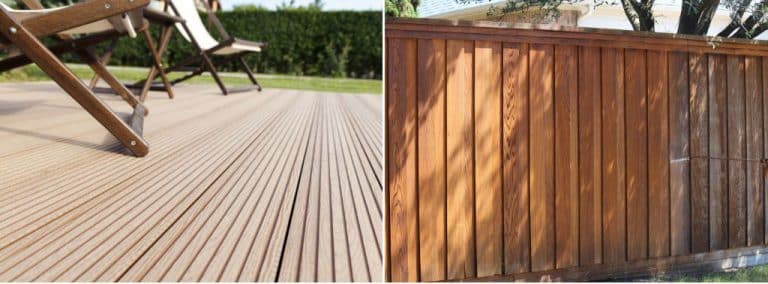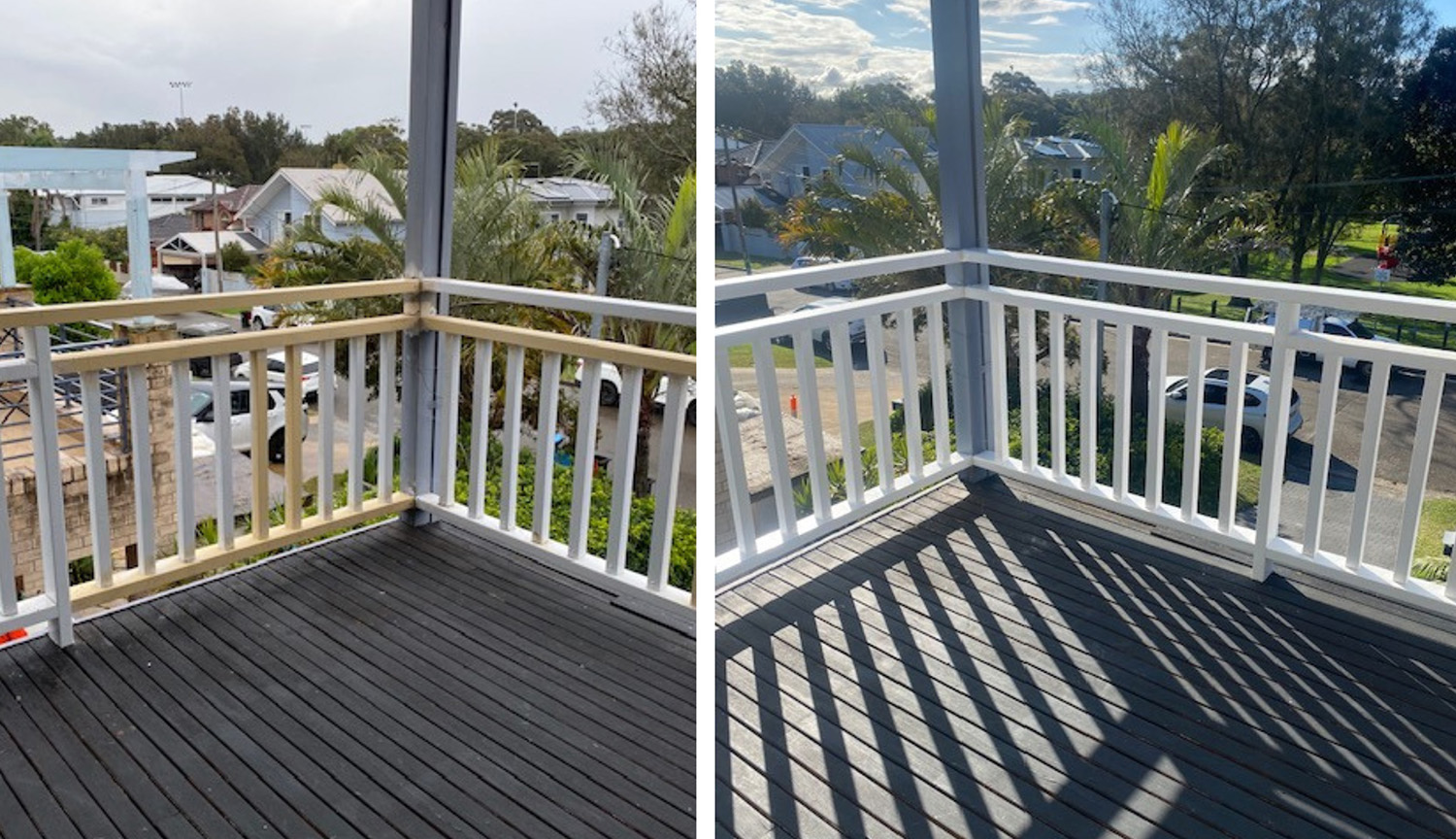Popcorn ceilings used to be popular for their noise-reducing texture and ability to hide imperfections. But these days, they’re more likely to be seen as outdated. Or in older homes, even unsafe.
If you’re thinking about repairing or removing one, here’s a clear breakdown of what to expect (and how we can help.
What Is a Popcorn Ceiling?
If you’ve ever asked “What is a popcorn ceiling?”, it’s a textured surface that was common in homes built between the 60s and 80s. The rough, bumpy finish was sprayed on to cover cracks or uneven plaster. The problem is, it collects dust, can’t be cleaned easily, and doesn’t work well with most modern interiors.
In houses built before the mid-80s, popcorn ceilings may also contain asbestos. That’s something to check before disturbing the surface.
Why Remove It?
There are a few solid reasons why a popcorn ceiling is considered bad:
- Health concerns: If it contains asbestos, it needs to be tested and handled professionally.
- Maintenance: The texture holds onto dust and cobwebs and can’t be cleaned properly.
- Appearance: It tends to make rooms feel darker or lower. Removing it gives the ceiling a smoother, more updated look.
Repair vs. Removal
If the ceiling is in good condition and you’re happy with the texture, it might just need a repaint or minor patching. But if it’s cracked, stained, flaking, or just not something you want to keep looking at, removal is usually the better option.
If you’re not sure what to do, we can take a look and walk you through it. Our home painting services often include this kind of prep work, and we’re happy to advise on the best solution.
How to Remove a Popcorn Ceiling
If your ceiling has been tested and is free of asbestos, how to remove your popcorn ceiling becomes a question of time and tools. It’s possible, but not a quick or tidy job. Here’s how it usually works:
- Clear the room and cover all surfaces.
- Lightly mist sections of the ceiling with water to soften the texture.
- Scrape it off carefully with a wide putty knife.
- Once it’s down, patch any damage and sand it smooth.
- Apply a primer and repaint. (See our paint primer guide for tips.)
You’ll also want to think about what caused the ceiling issues in the first place. Cracks or flaking might mean it’s time to fix cracked paint or look into possible moisture problems.
Learn more about the main causes of paint peeling if you’ve noticed spots coming away from the ceiling.
Can You Do It Yourself?
Technically, yes. But it’s time-consuming, messy, and not something most people want to handle on their own, especially with the risk of damaging the ceiling underneath or making a bigger job out of a small one.
We handle popcorn ceiling removal regularly. We work cleanly, efficiently, and make sure it’s finished to a standard you won’t need to redo in a year. If you’d rather skip the scraping and sanding, we’re ready to help.
If you’re repainting or working on other ceiling or wall repairs, our Hubbies can take care of that.
Our home painting services include everything from prep and repair to cleaning, even finishes. If you’re unsure who to go with, here’s how to choose a painter (or skip the search and book a Hubby!).
Book a Hubby Today
Popcorn ceilings aren’t something you need to live with, or fix on your own.
We’ll match you with a local Hubby who knows exactly how to remove popcorn ceiling safely and efficiently, or how to repair it if that’s the better option. No guesswork. No mess. Just experienced help and a clean, smooth result.
Every Hubby is police-checked, fully insured, and backed by our 100% workmanship guarantee. If you’ve been wondering why is popcorn ceiling bad, or what to do next, we’re here to make it simple.
Book a free quote today and we’ll get your ceiling sorted.









